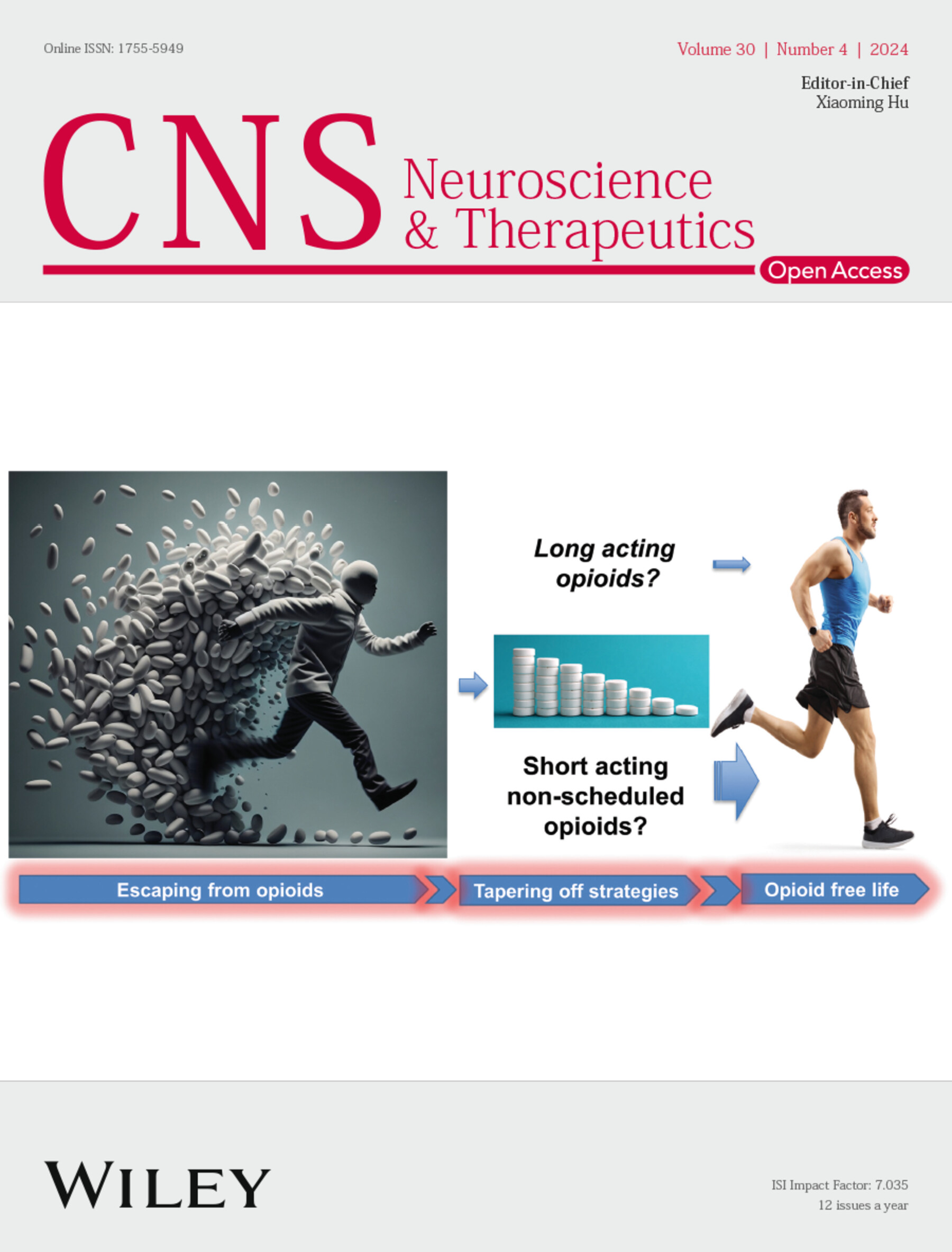Factors Influencing Hormone Remission in Growth Hormone-Secreting Pituitary Neuroendocrine Tumors With Residual Tumor: A Retrospective Cohort Study
Abstract
Background
Growth hormone-secreting pituitary neuroendocrine tumors (GH-secreting PitNETs) pose significant health risks due to hormone-related complications. Despite transsphenoidal surgical resection being the primary treatment, complete removal is often infeasible due to invasive growth patterns, leading to postoperative tumor residuals and uncertain hormone remission outcomes.
Methods
This retrospective study included 458 patients with GH-secreting PitNETs who underwent surgery at Beijing Tiantan Hospital. Data on preoperative hormone levels, MRI scans, and histopathological features were analyzed. Tumor segmentation, intratumor heterogeneity (ITH) scores, and subcluster clustering based on MRI data were computed using radiomic features, while multivariate analyses determined factors influencing hormone remission. Single-cell data from four GH-type pituitary adenomas were collected from public databases to explore ITH in GH1 gene expression.
Results
Postoperative hormone remission was achieved in 61 of 144 patients (42.4%) with residual tumors. Univariate analysis demonstrated that in cases with tumor residuals, preoperative hormone levels, tumor resection rates, residual tumor volume, tumor residual location, residual-tumor proximity to the internal carotid artery, and MRI-based tumor heterogeneity were associated with hormone remission. Among these factors, preoperative hormone levels (10–30 ng/mL vs. ≤ 10 ng/mL: OR: 0.48, 95% CI 0.20–1.19, p = 0.115; > 30 ng/mL vs. ≤ 10 ng/mL: OR: 0.13, 95% CI: 0.04–0.36, p < 0.001), tumor resection rate (OR: 18.29, 95% CI: 2.08–160.97, p = 0.009), and tumor heterogeneity as measured by the ITH score (OR: 1.06, 95% CI: 1.00–1.12, p = 0.042) were independent predictors of hormone remission in cases with residual tumors. Moreover, single-cell data showing highly variable GH1 expression within the same patient reveal ITH in hormone expression.
Conclusion
Preoperative GH levels, tumor resection rates, and ITH scores independently predict hormone remission in GH-secreting PitNETs with residuals. This will provide intraoperative decision-making guidance on how to achieve the maximum possible hormone remission with residual tumors when complete tumor resection is not feasible.


 求助内容:
求助内容: 应助结果提醒方式:
应助结果提醒方式:


